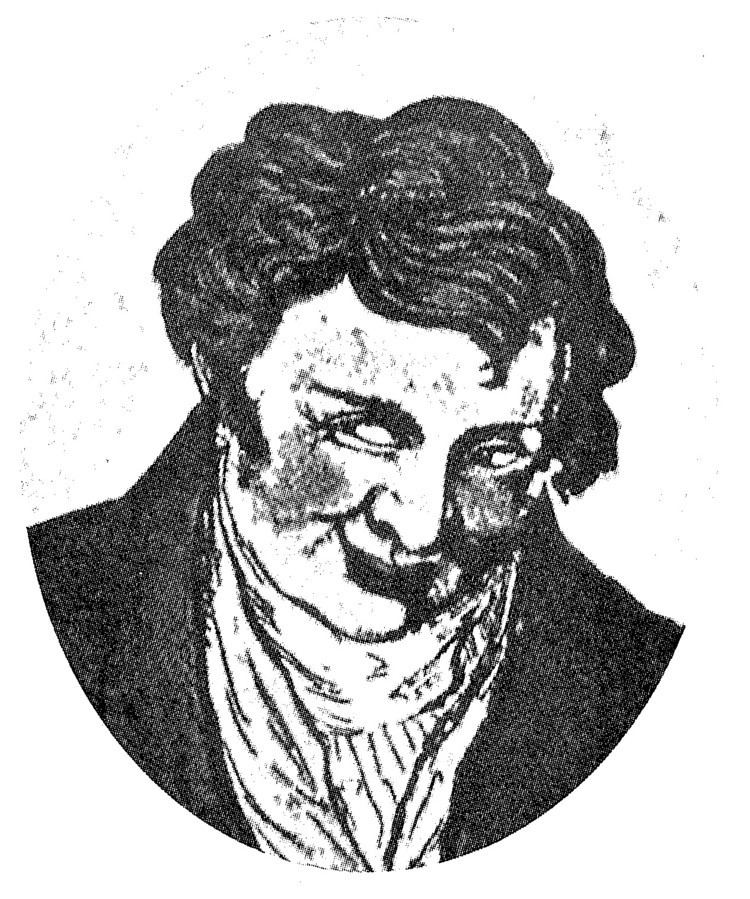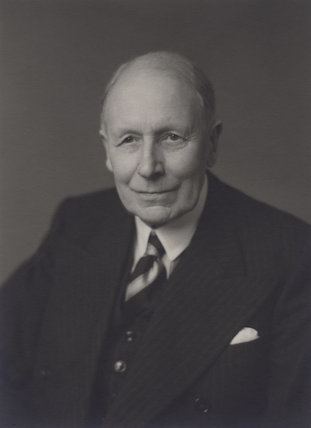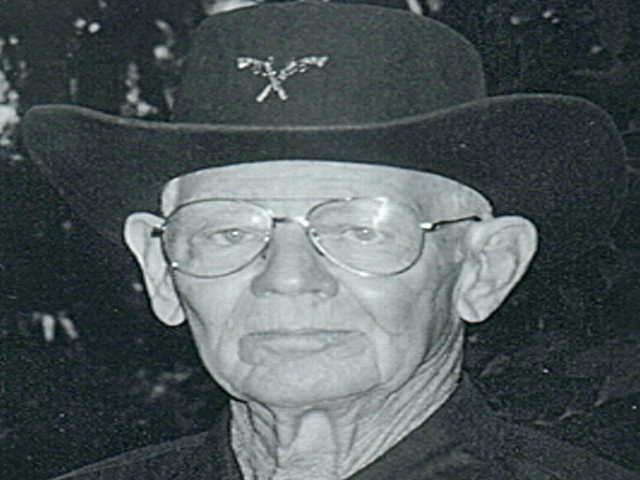Nationality BritishAustralian Died 1865, Mandurah, Australia | Name Thomas Peel Occupation Settler | |
Relatives Sir Robert Peel (second cousin) | ||
Thomas Peel (1793–1865) was one of the very early settlers of Western Australia. He was a second cousin of Sir Robert Peel.
Contents

Early life

Thomas Peel was born in Lancashire, England, the second son of Thomas Peel and his wife Dorothy, née Bolton. He was educated at Harrow School and was employed by attorneys.
Adult life in Australia

In 1828, he went to London with plans to migrate to New South Wales. However, Peel and three others including an MP, Potter McQueen, formed a consortium to found a colony at the Swan River in Western Australia by sending settlers there with stock and necessary materials. The consortium requested a grant from the British Colonial Office in London of 4,000,000 acres (16,000 km²). The government declined this and offered a grant of 1,000,000 acres (4,000 km²) on certain conditions.

Early in 1829, all the members of the consortium withdrew except Peel. Fresh conditions were made, the final arrangement being that if Peel landed 400 settlers before 1 November 1829, he would receive 250,000 acres (1,000 km²). If the conditions were fulfilled, Peel would receive further grants. Solomon Levey was a silent partner.

He arrived in Swan River Colony (later expanded and renamed Western Australia) aboard the Gilmore in December 1829 with 300 settlers, around six weeks later than the government had stipulated. As he had not fulfilled the conditions, the land grant was no longer reserved for him. The land eventually granted to him, 250,000 acres (1,000 km²) of land to the south, extended from Cockburn Sound to the Murray River. He named the settlement Clarence, after the Duke of Clarence.
The early settlement struggled due to lack of labour and limited good-quality farming land. This, together with Peel's poor organising skills, meant that he was soon in difficulties. Within less than two years, he had spent £50,000 and some of his settlers had deserted him. Stores and stock, which were to be sent from Sydney by Cooper & Levey did not arrive. Eventually Peel discharged all but a few from their indentures. In September 1834, Peel was granted further land, but he had little success in developing it. Peel became a member of the Western Australian Legislative Council, but resigned fourteen months later. Some other pioneers (like James Henty) moved to Tasmania and the Port Phillip district.
Mr. Peel, he moans, took him from England to Swan River, West Australia, means of subsistence and of production to the amount of £50,000. Mr. Peel had the foresight to bring with him, besides, 300 persons of the working-class, men, women, and children. Once arrived at his destination, "Mr. Peel was left without a servant to make his bed or fetch him water from the river." Unhappy Mr. Peel who provided for everything except the export of English modes of production to Swan River. —Karl Marx, Das Kapital, volume one, chapter 33.
